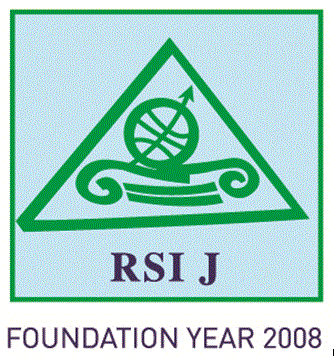Inna MANAEVA
Associate Professor of the Department of World Economy, Belgorod State National Research University, Russia, http://www.bsu.edu.ru
In.manaeva@yandex.ru
Anna TKACHEVA
Assistant of the Department of World Economy, Belgorod State National Research University, Russia, http://www.bsu.edu.ru
atkacheva1993@gmail.com
Abstract
Today, existing urban imbalances in Russia distort the territorial space, demonstrate its insufficient integrity, which leads to high differences in the quality of life of citizens and social instability. In order to make effective and scientifically sound management decisions, it is necessary to understand the mechanisms underlying the functioning of cities, which actualizes the study of the effects of their connectivity in territorial space. The aim of the study is to develop an approach that allows us to determine the effects of urban connectivity in territorial space. The estimation method is based on the calculation of global and local Moran indices to determine the effects of the connectivity of territories by indicators: “population size”, “migration growth”, “volume of shipped products per capita”. The information base was the data of the Federal State Statistics Service, the calculation of distances was carried out according to the data of the automobile portal. The object of the study is the cities of the Southern Federal District, with a population of more than 100 thousand people in 2017. The calculations made it possible to determine the type (direct and reverse) and the strength of inter-territorial relations according to the parameters under consideration: according to the indicator “population size” there is a negative autocorrelation, according to the indicator “migration growth” and “volume of shipped products per capita” – positive autocorrelation. According to the indicator of the volume of shipped products per capita, polarization was revealed: Volgograd and Volzhsky are disconnected from the rest of the group of cities, while they do not have a significant impact on nearby territories. The strongest direct inter-territorial links are identified in the group of leading cities relative to each other. The indicator of «migration growth» observes significant inverse effects, largely Maykop falls into the zone of influence of leading cities.The practical importance lies in the possibility of using the results obtained by regional authorities in developing a strategy for the development of cities and regions in terms of identifying the production clusters of the region.
Keywords: Moran index, spatial autocorrelation, inter-territorial connection, city
JEL classification: R12
